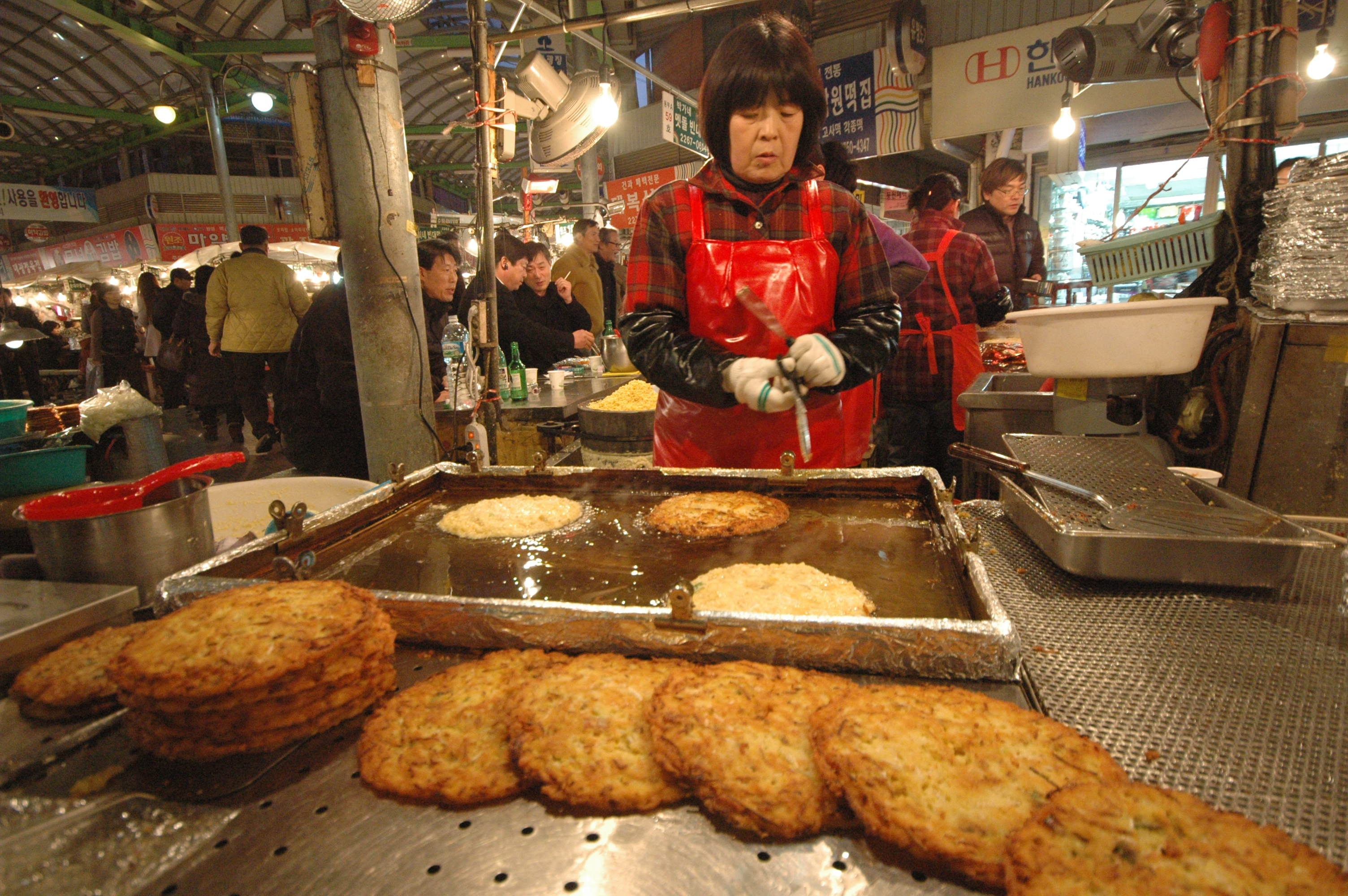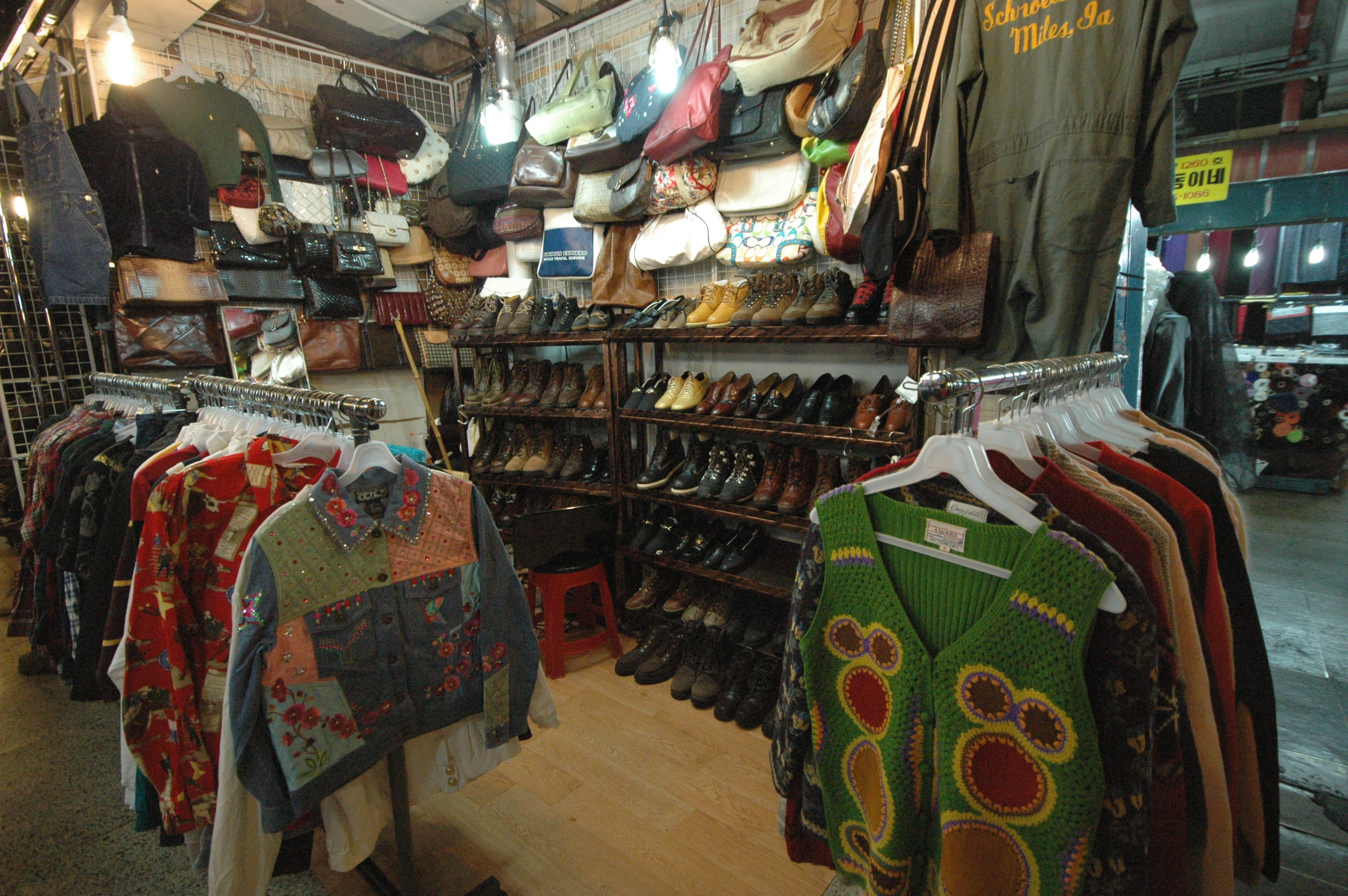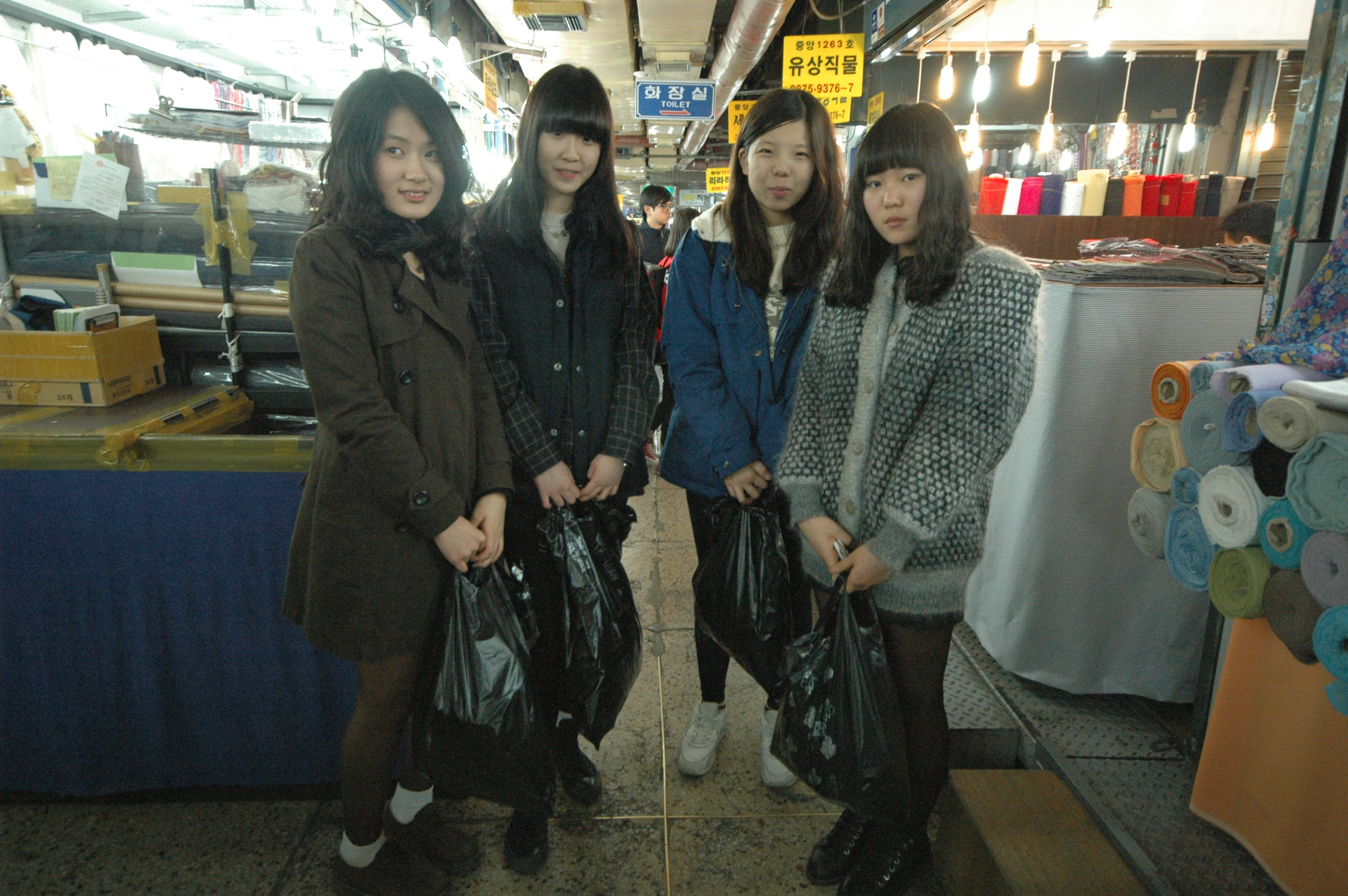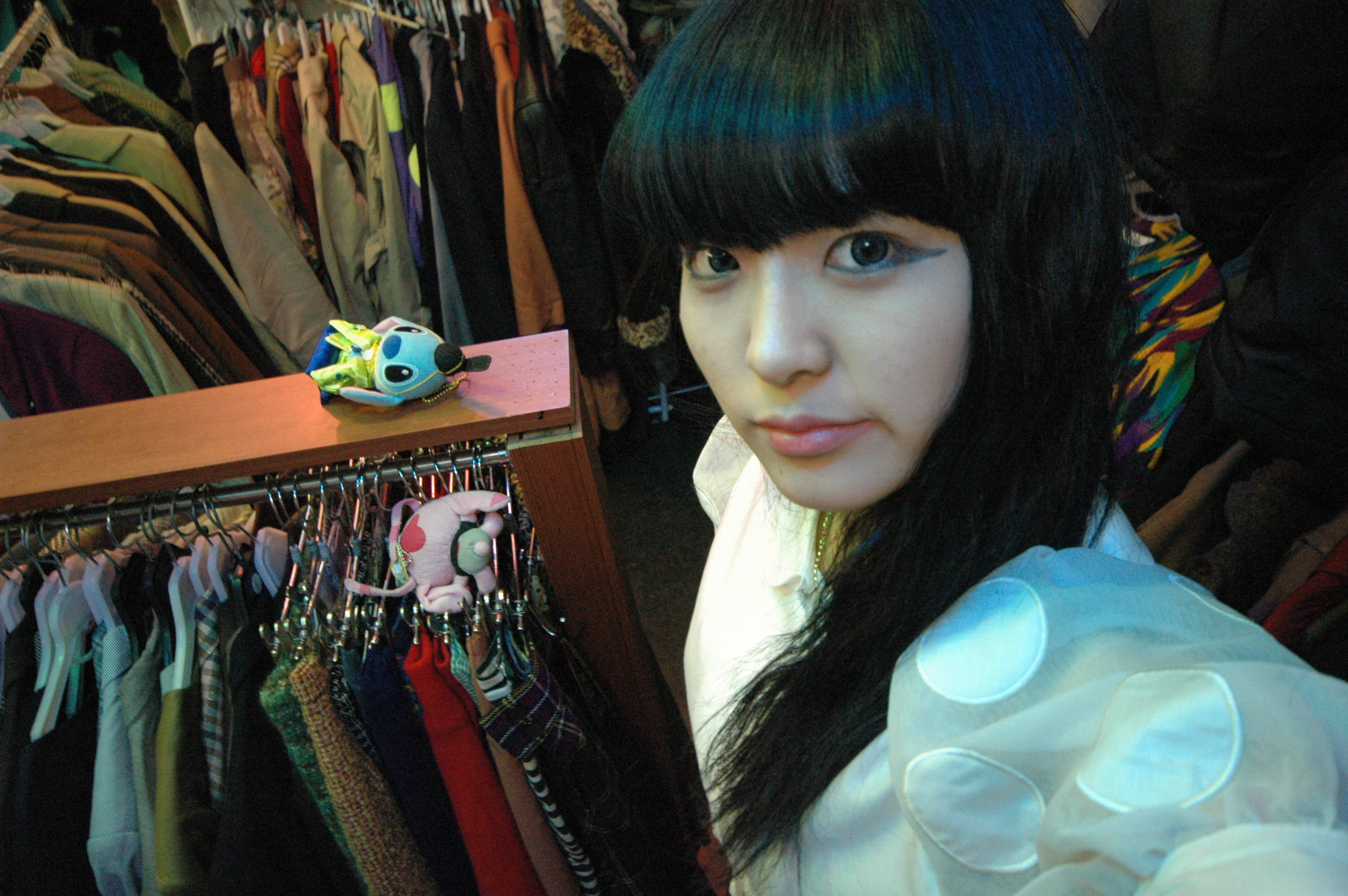The Kwangjang market is a traditional market that has been kept alive for 100 years. It is located in downtown Seoul where people come and go busily. If you want to feel a warm heart, you can try visiting Kwangjang market. There are beneficent merchants, a generous amount of tasty foods and clothing stores which sell unique used clothes.-ed
The Kwangjang Market is the biggest wholesale market in Korea. The market is located on Jong-ro 5th street which is an urban center. It was named 'Kwangjang' because it is between the Kwangtong bridge and the Jangtong bridge. The market was founded to regain national economic rights against Japan's economic invasion. It was the first permanent market and it was the beginning of a new form of market. Today, the market is in the limelight as a tourist attraction of foreigners.
There are many famous foods in Kwangjang market. When people enter the market, they can see various foods such as savory Bindaetteok, Soondae, pig's feet, octopi and sashimi. Some vendors fry the thick Bindaetteok without a break in the 'Bindaetteok alley' in the market. They serve some pieces of Bindaetteok as samples to people. Some office workers gather around the Bindaetteok stall and chat with each other while drinking Makgeolli.
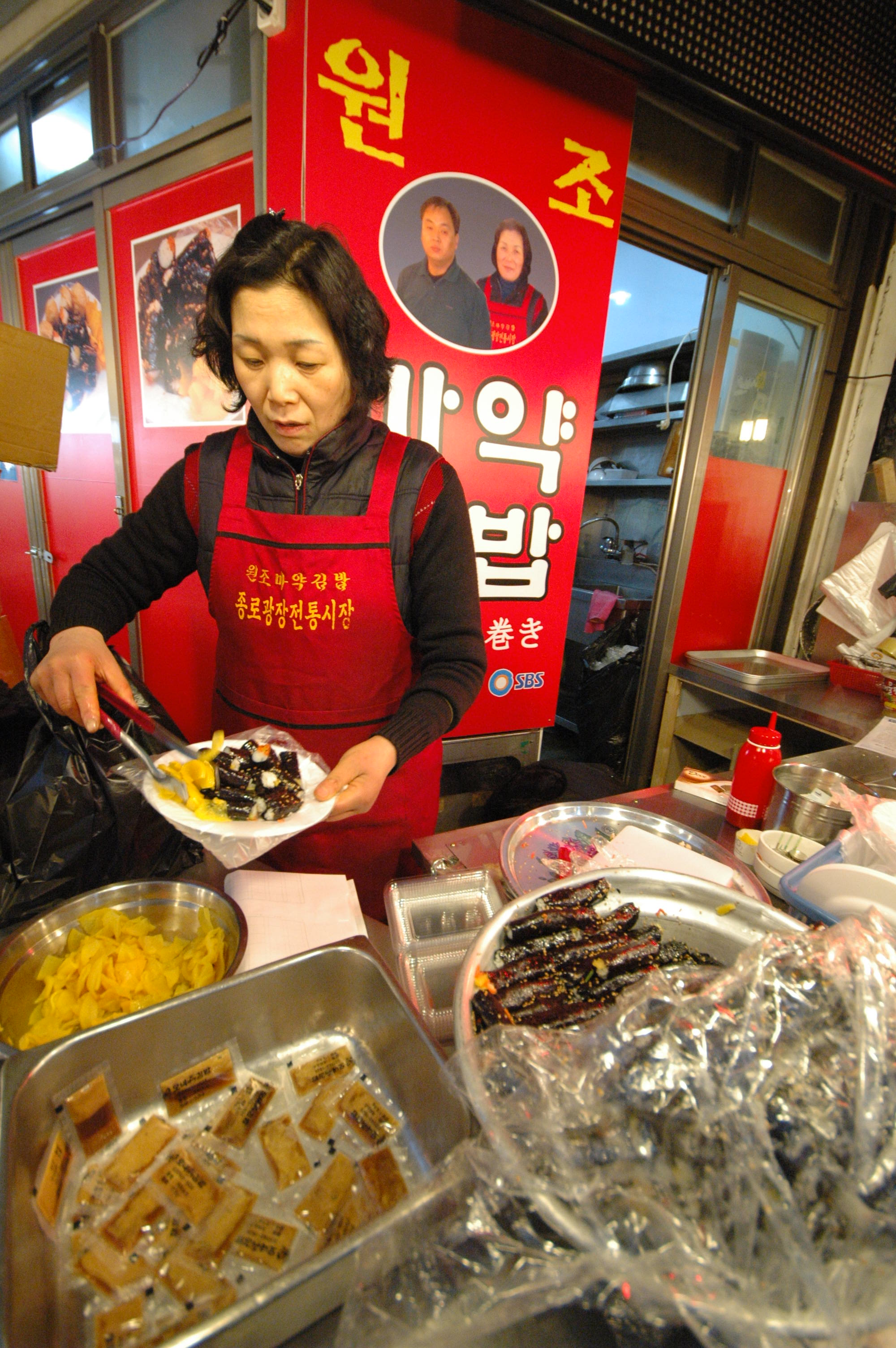
'Drug Gimbap', a specialty in the market, is so famous that it has already been introduced through TV programs several times. The Drug Gimbap's ingredients are just some carrots and pickled radishes. Though it is a very simple food, people want this Gimbap like they are addicted to 'drugs', so they call it 'Drug Gimbap'. Mrs. Y, an owner of the store, said, "I have sold it for 40 years in this market. I'm too busy every day but I thank people for loving my foods."
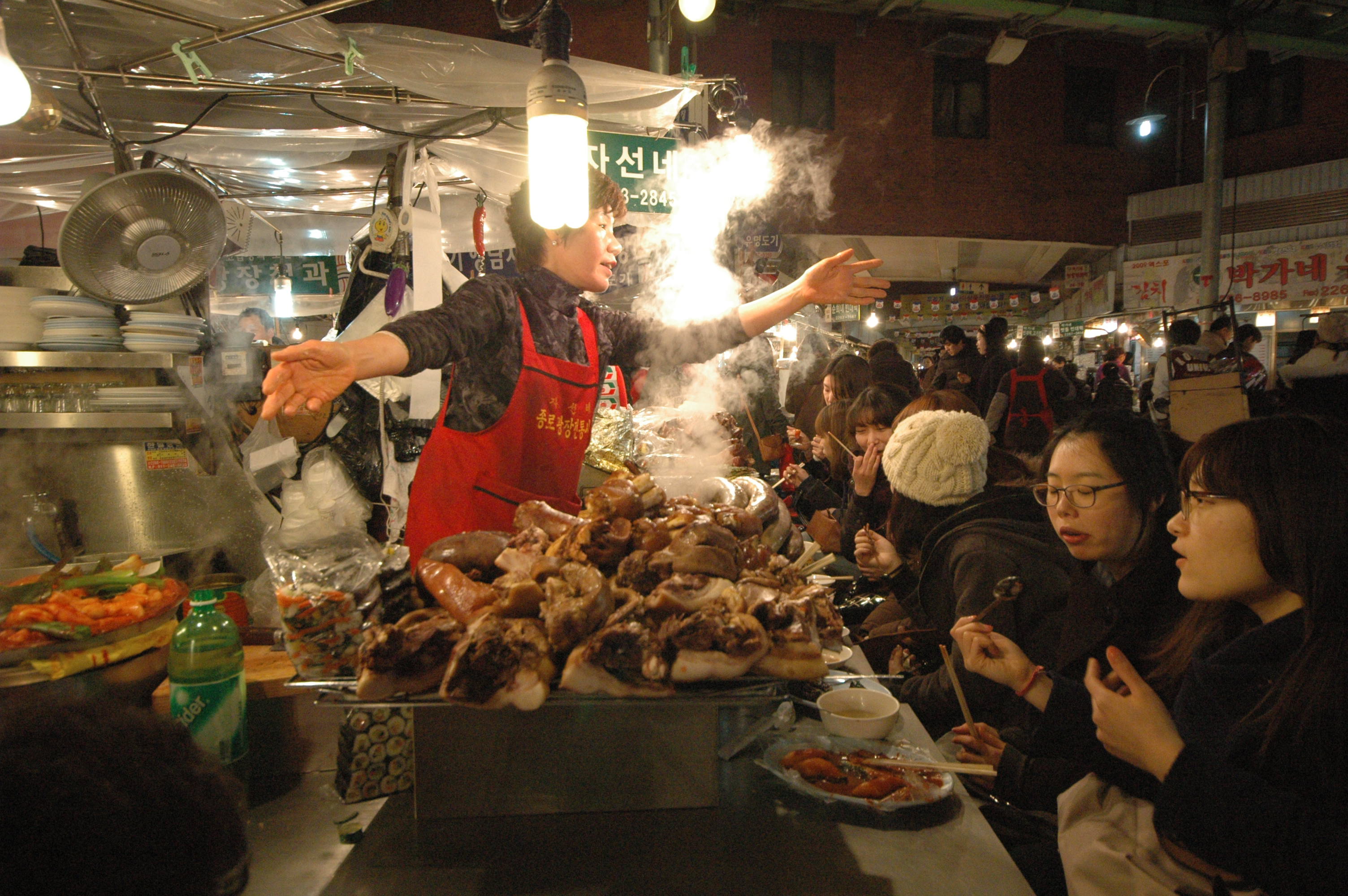
When people look around the market, they can hear a saxophone playing somewhere. It is Mr. B who is called 'saxophone man'. He is also a specialty in the market. Mr. B is 88 years old and he dresses like an old English gentleman. He always puts a sunflower brooch on his jacket, and he bows like a soldier to every person he meets. He has played old songs every day to serve the merchants in the market for 30 years. When the sound of the saxophone echoes, people listen to the music and they feel a wave of nostalgia.
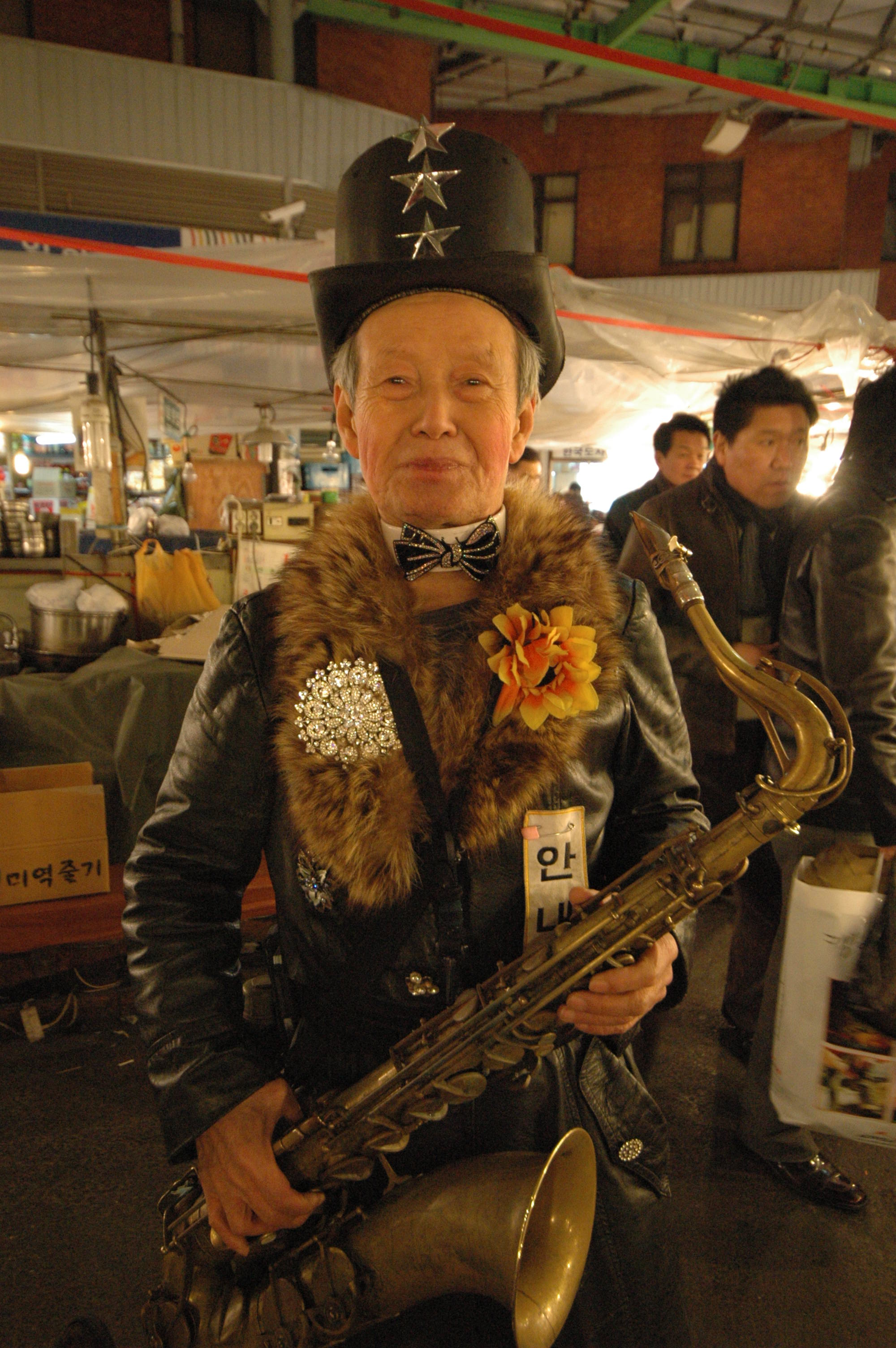
After passing the food alley and going upstairs, there are used clothing stores on the second floor. The used clothing stores, which are about 1 pyeong, are packed close together. The alleys between the stores are crowded with young people who wear individual styles of clothes. Mr. S, who is the owner of a store, said, "Though it is a traditional market, young people visit here more than old people do because the clothes are cheap and unique." Ms. A, a high school student who frequents the market, said, "I visited here after surfing the internet. I come here often with my friends because of the unique clothes."
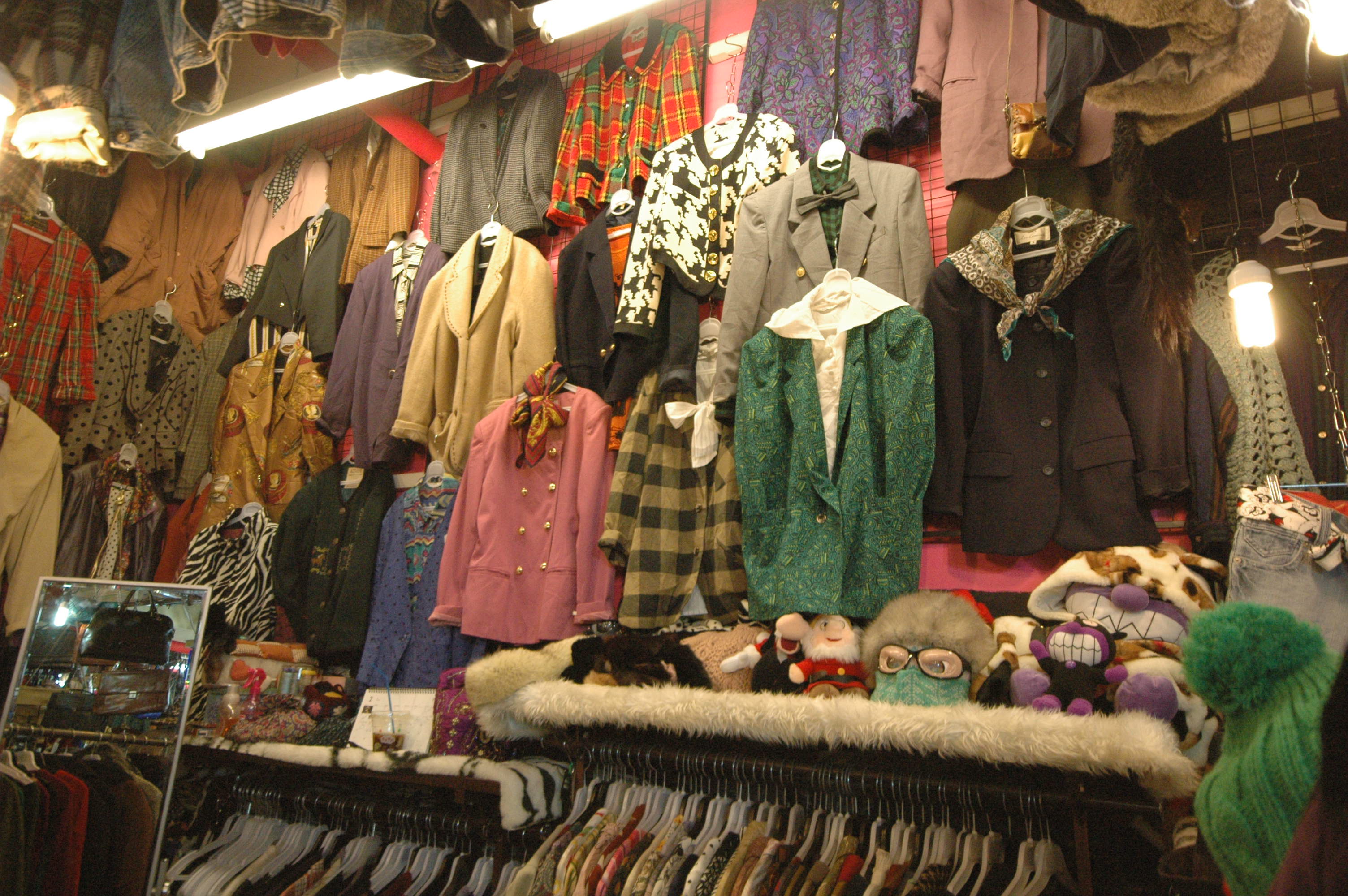
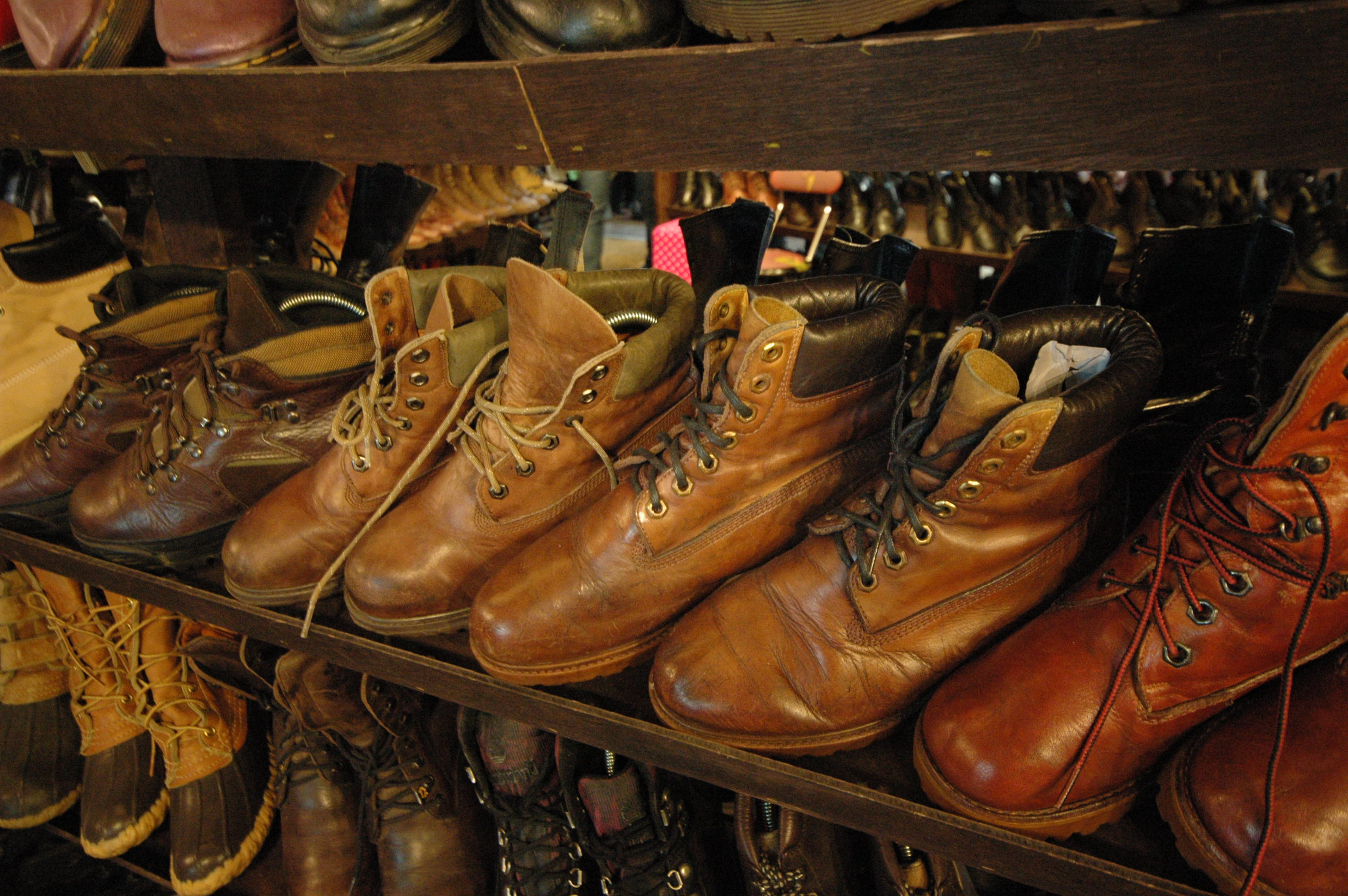
There are many young managers who are in their 20s in the used clothes market. Ms. L, who is an owner of a store, said, "I have been interested in used clothes for a long time. I used to come to the market as a customer, and then I started my own business." It is a great attraction where people search for clothes among a huge amount of clothes like a 'treasure hunt' in the used clothes market because the clothes are rare. Another attraction is bargaining. The prices depend on bargaining because the used clothes are dealt at wholesale rates.
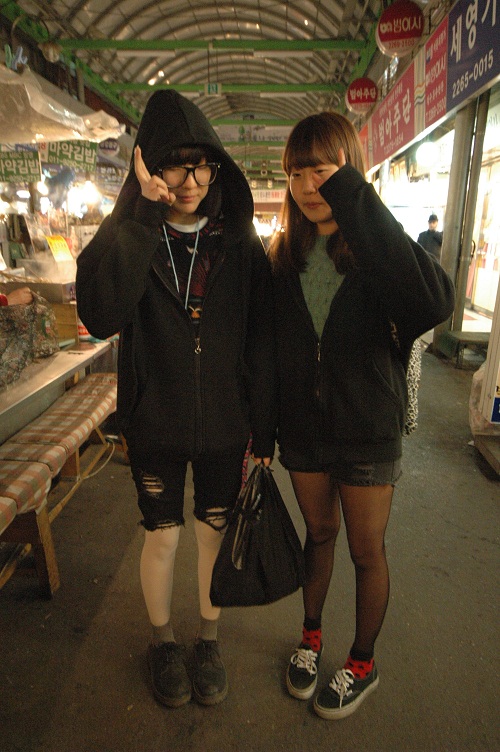
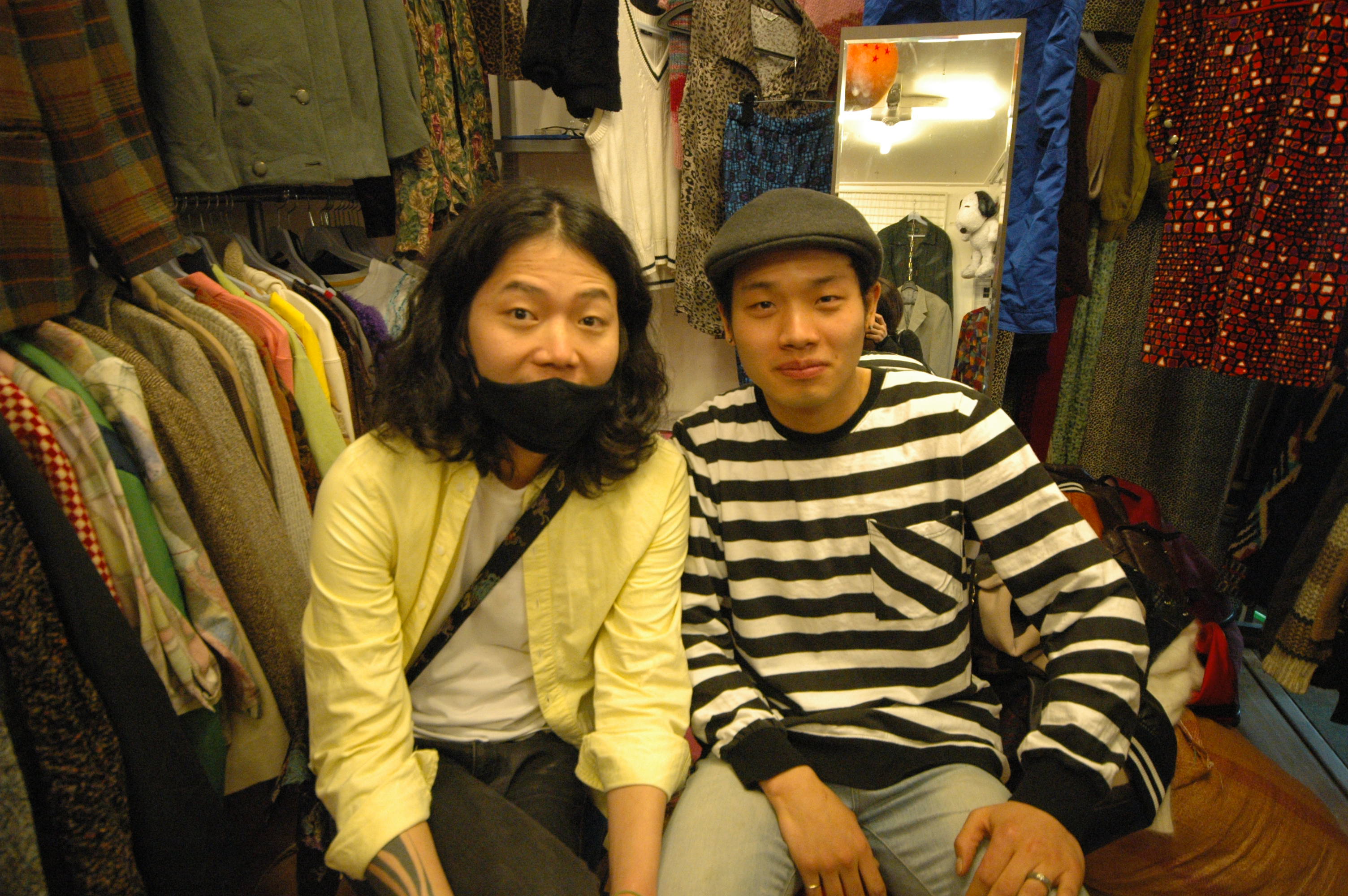
The past and the present coexist in the Kwangjang market. You can experience the culture of young people's fashion and traditional market culture. Try going to the market with your family on a holiday. Adults and children are fascinated with the tasty foods and the unique styles of fashion in the Kwangjang market.
By Kim Yu-jin


 All
All Culture
Culture






 ±èÀ¯Áø
±èÀ¯Áø
